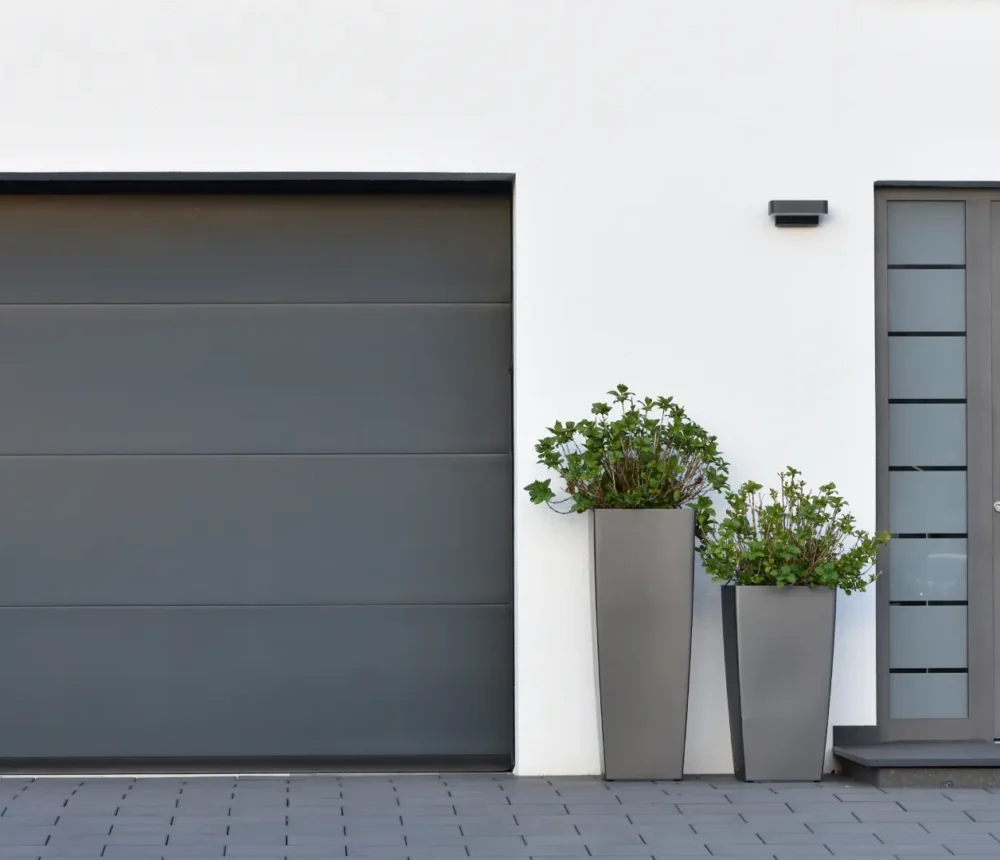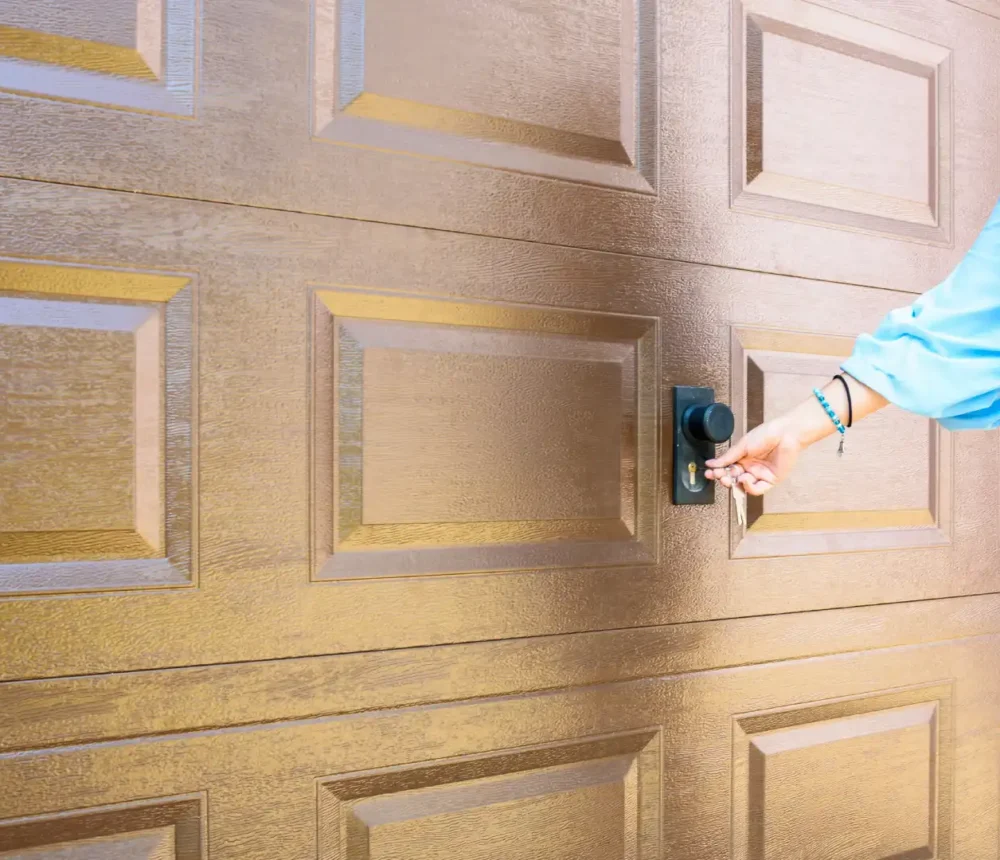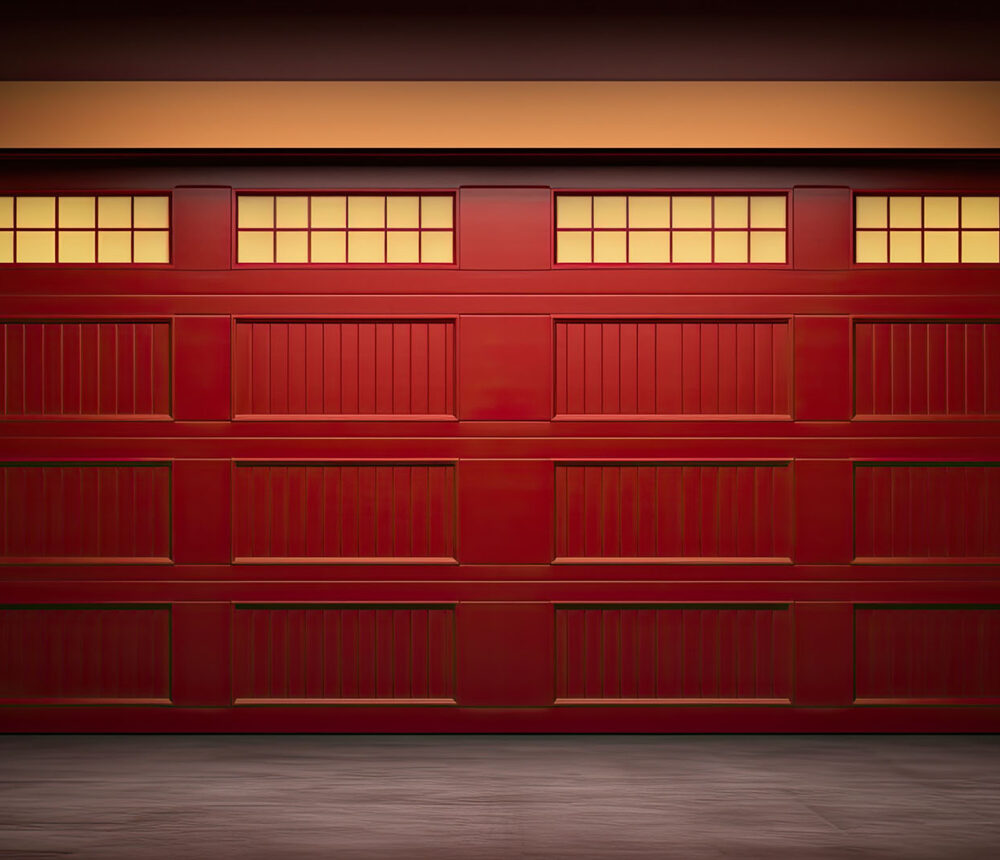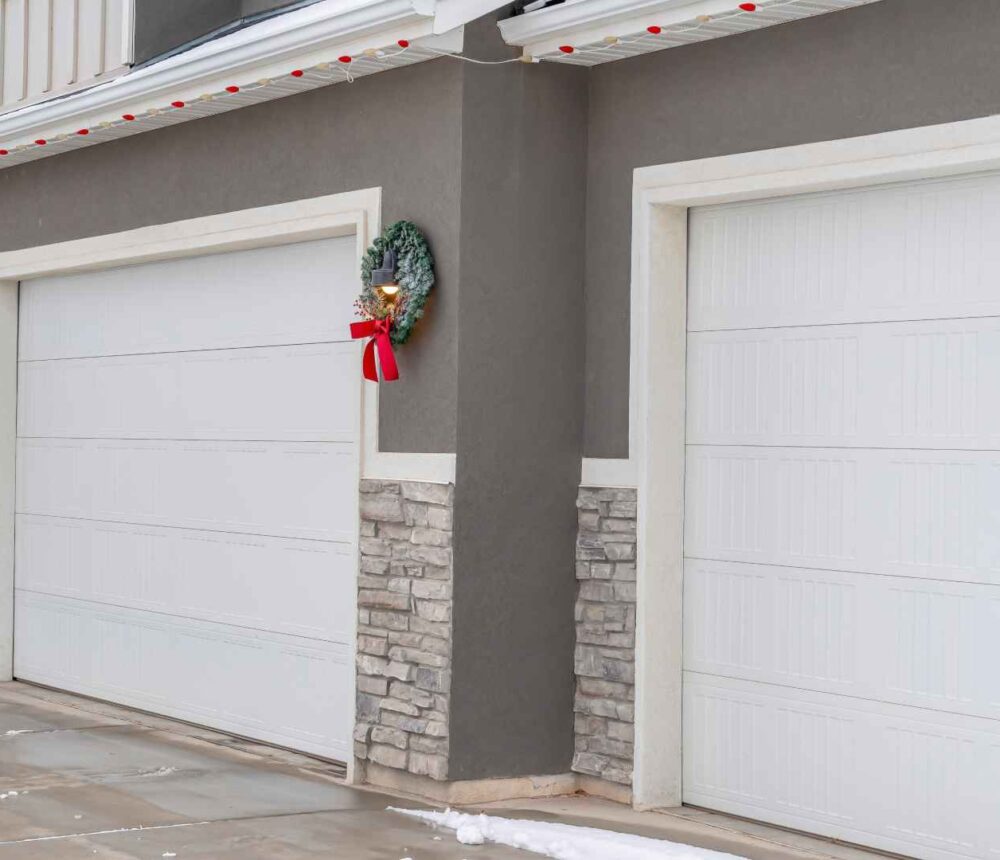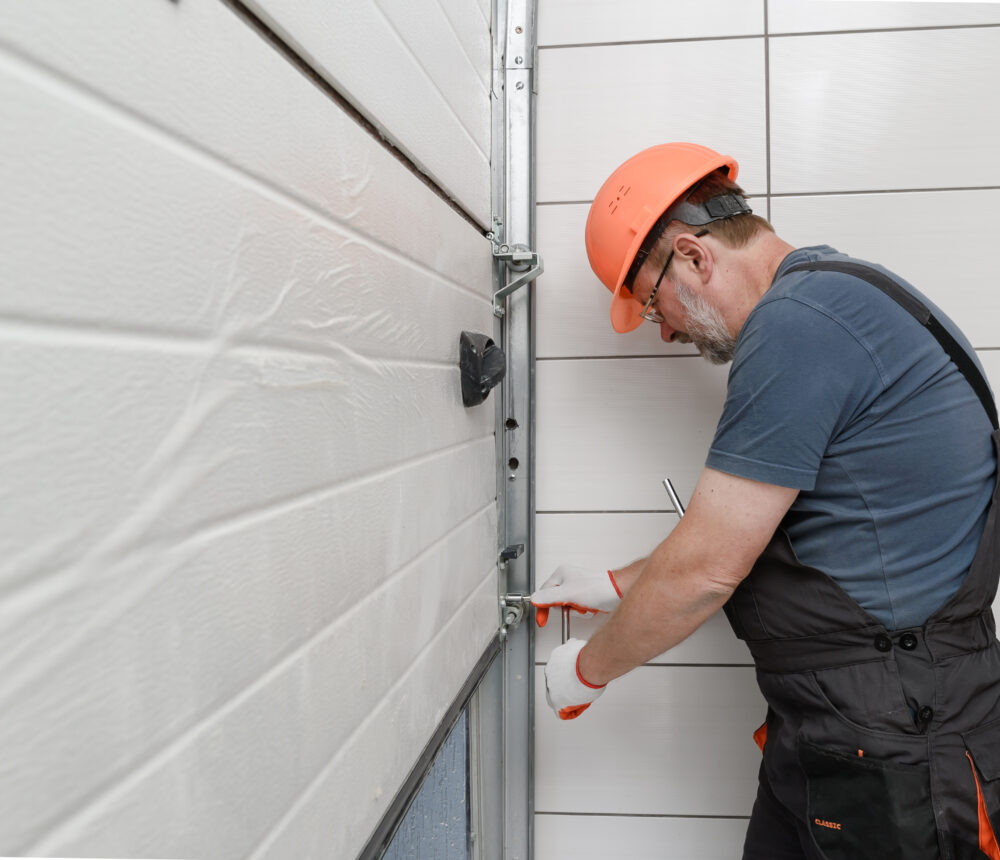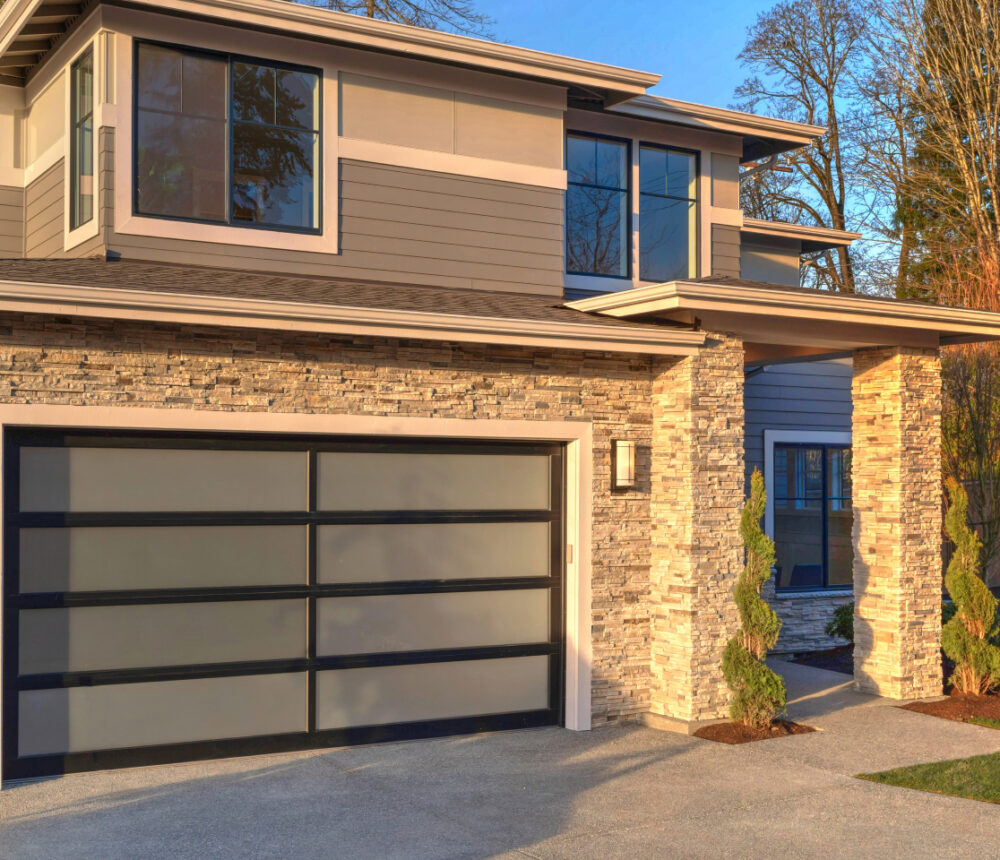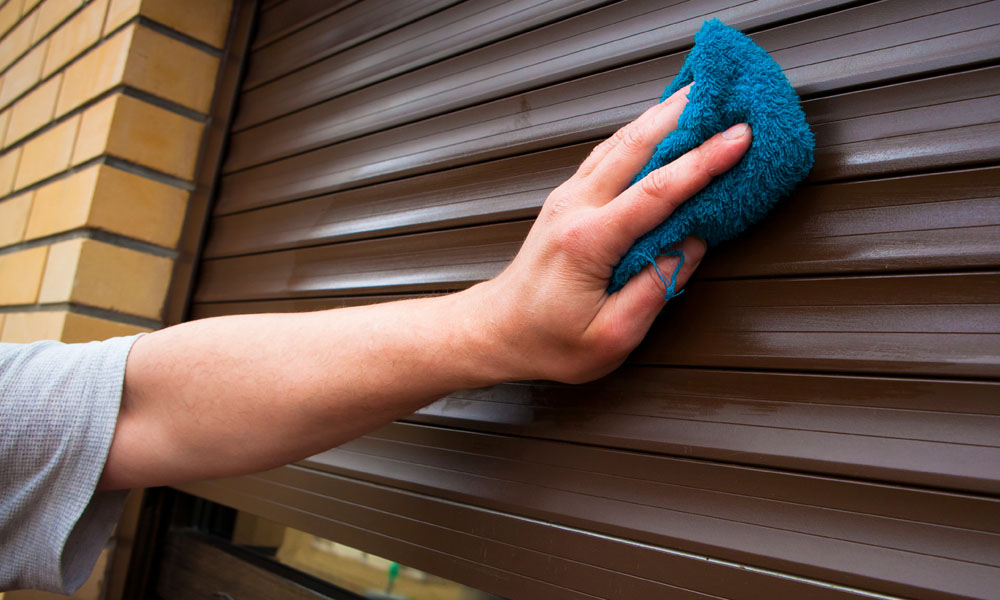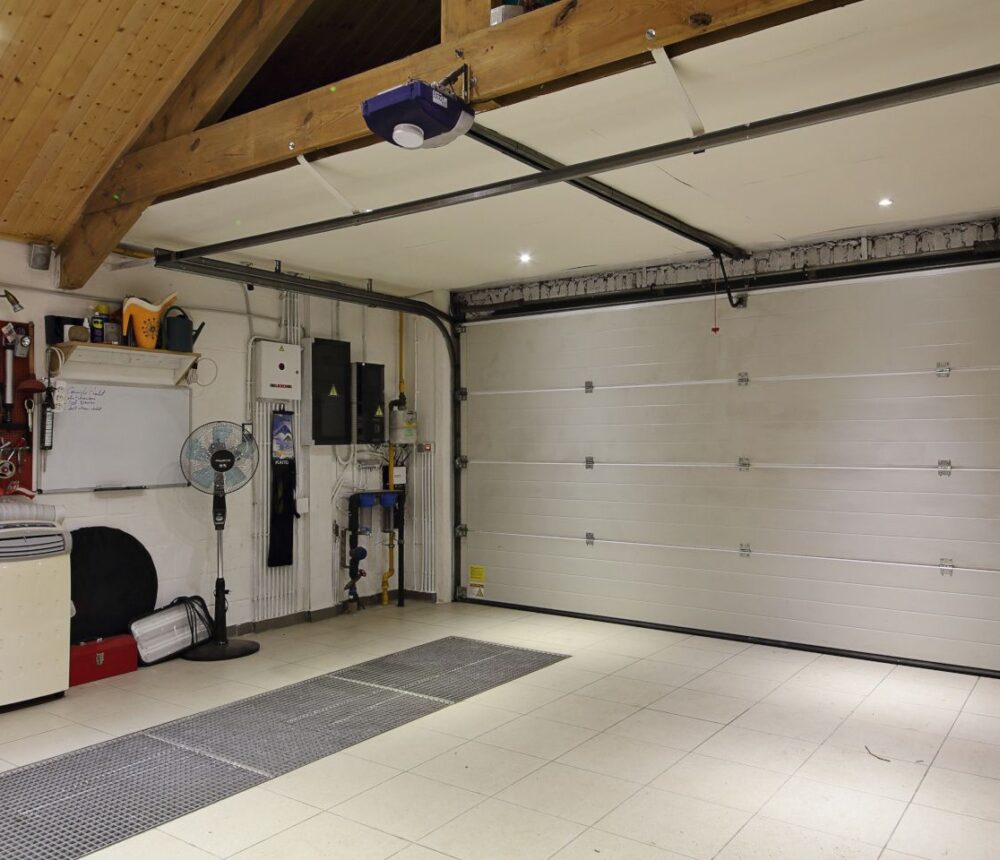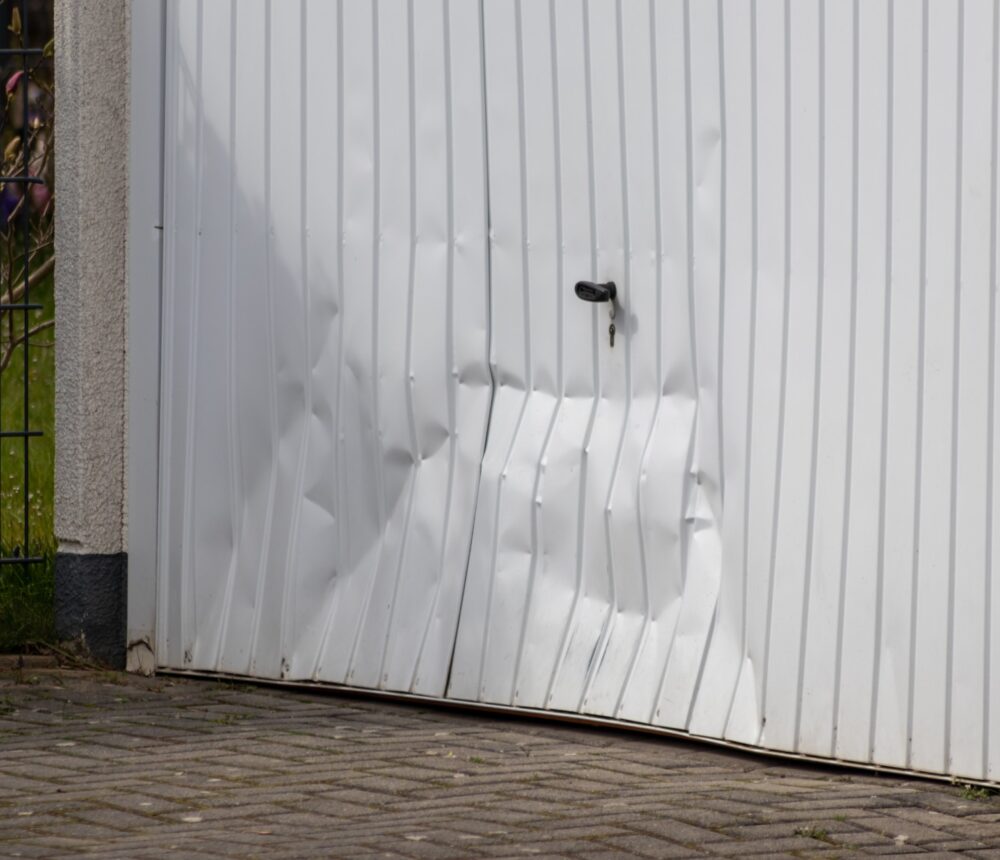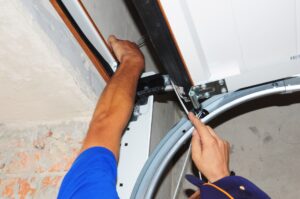The colour of your garage door plays a crucial role in defining the overall aesthetic appeal of your home. It’s not just about picking a shade you like; it’s about creating harmony between your garage door and the rest of your home’s exterior.
The right colour can enhance curb appeal, complement your home’s architectural style, and even increase property value. As the first impression of your home, the garage door deserves careful consideration in its colour selection to ensure it adds to the visual appeal and character of your home.
Choosing the perfect garage door colour involves more than just matching it with your home’s existing palette. It’s about understanding the balance between standing out and blending in. A well-chosen garage door colour can tie together the exterior features of your home, creating a cohesive and attractive appearance.
In this blog, we’ll explore how to select the ideal garage door colour that complements your home’s exterior, taking into account architectural style, colour theory, and personal preferences to make a statement that is both unique and harmonious.
Understanding Your Home’s Architectural Style
Every home has a distinct architectural style, whether it’s traditional, contemporary, Victorian, or something unique. This style often dictates a suitable palette for exterior colours, including your garage door. For example, traditional homes may benefit from classic shades such as white, black, or natural wood tones, which emphasize their timeless appeal.
On the other hand, modern homes can afford to experiment with bolder, more contemporary colours like grey, navy, or even vibrant hues to highlight their architectural features.
Recognising your home’s architectural style is the first step in narrowing down the appropriate colour choices for your garage door.
It’s essential to research and understand the characteristics and common colour schemes associated with your home’s architectural style. Doing so not only enhances the aesthetic appeal but also maintains the architectural integrity of your home.
For instance, a craftsman-style home might look best with earthy tones that accentuate its handcrafted details, while a Mediterranean home could be complemented by warm, sunny hues. Taking the time to consider your home’s architecture ensures that your garage door colour choice enhances, rather than clashes with, your home’s design.
Considering the Colour Wheel
The colour wheel is an invaluable tool in selecting a complementary garage door colour. It helps homeowners understand the relationships between different colours and choose a scheme that enhances the overall look of their home.
For a harmonious appearance, consider selecting colours that are adjacent to each other on the colour wheel. These analogous colours create a soft and pleasing look.
Alternatively, for a more striking contrast, opt for colours that sit opposite each other on the wheel. This complementary colour scheme can add vibrancy and dynamic interest to your home’s exterior.
Understanding the basics of colour theory can also guide you in choosing a garage door colour that balances well with your home’s siding, roofing, and trim.
For example, a home with a predominantly warm-coloured exterior might be well complemented by a garage door in a cooler hue, creating a balanced and appealing contrast.
Similarly, a neutral-toned home could be enlivened with a garage door in a bold colour that serves as a focal point.
The key is to achieve a balance that feels intentional and cohesive, enhancing the overall aesthetic of your home.
The Psychology of Colour
Colour psychology plays a significant role in how we perceive and react to different hues. Understanding the emotional impact of colour can help you choose a garage door colour that evokes the desired response.
For instance, blue tones are often associated with stability and calmness, making them a great choice for creating a serene exterior. Reds and oranges, on the other hand, are vibrant and energetic, potentially adding a lively touch to your home’s facade. Choosing a colour based on its psychological impact can help you create the atmosphere you desire for your home’s exterior.
When selecting a garage door colour, consider the message you want to convey. A green garage door can reflect a connection to nature, promoting a sense of tranquillity, while a yellow door might inject a burst of cheerfulness and warmth.
Ultimately, the colour you choose should not only complement your home’s architectural style and exterior palette but also reflect your style and the ambience you wish to create.
A thoughtful consideration of colour psychology can lead to a more satisfying and harmonious exterior design.
Current Trends in Garage Door Colours
While it’s important to consider your home’s style and the principles of colour theory, keeping an eye on current trends can also inspire your choice.
Recently, there has been a shift towards neutral and earthy tones for garage doors, reflecting a broader trend towards natural materials and sustainability.
These colours, such as sage green, taupe, and charcoal, offer a contemporary yet timeless appeal that can suit a variety of architectural styles.
Another trend is the use of bold and dark colours, like deep blues and blacks, which can create a striking contrast against lighter exteriors and draw attention to the architectural details of your home.
However, it’s crucial to balance trendiness with timelessness. While advising to follow current trends, ensure the selected garage door colour aligns with the permanent features of your home and is something you’ll be happy with for years to come.
Trends may come and go, but the goal should always be to choose a colour that enhances the beauty and character of your home in a way that feels right for you.
Durability and Maintenance of Coloured Garage Doors
When choosing a colour for your garage door, it’s vital to consider the practical aspects of durability and maintenance. Some colours, particularly lighter shades, may show dirt and marks more readily than darker colours, requiring more frequent cleaning to maintain their appearance.
Conversely, darker colours might absorb more heat, which can be a consideration in very sunny climates.
It’s also worth noting that certain paint finishes can offer additional protection and longevity to your garage door, making your colour stay vibrant and true for longer.
Selecting a high-quality paint for your garage door can significantly impact its durability and the maintenance required. Opting for a paint that is specifically designed for outdoor use and resistant to fading, chipping, and peeling will ensure that your garage door remains a stunning feature of your home’s exterior.
Regular maintenance, such as cleaning and touch-ups, can also extend the life of your garage door’s colour, keeping it as striking as the day it was first painted.
Thus, when choosing your garage door’s colour, consider both its aesthetic appeal and the practical implications to ensure it remains a source of pride for years to come.
Lighting and Environment Considerations
The lighting and environment surrounding your home play a critical role in how the colour of your garage door is perceived. Natural light can dramatically alter the appearance of colours, with direct sunlight making them appear lighter or more vibrant, while overcast conditions can mute or darken them.
Therefore, when selecting a garage door colour, consider observing your colour choices under different lighting conditions at various times of the day.
This can help ensure the colour you choose looks as intended in the context of your home’s specific environmental conditions.
Environmental factors, such as landscaping and the natural surroundings, should also influence your colour choice. For homes surrounded by lush greenery, earth tones or greens can create a harmonious connection with nature.
For urban environments, more striking or contrasting colours might be appropriate to stand out against the concrete backdrop. Additionally, consider the colour of dust and dirt in your area; choosing a garage door colour that is more forgiving can help your home maintain its polished look with less effort.
Personal Taste and Final Thoughts
Ultimately, the choice of your garage door’s colour should reflect your taste and the image you wish to project of your home.
While it’s important to consider architectural style, colour theory, and practical aspects like maintenance, the most satisfying choice will be one that you find visually appealing and that makes you happy every time you return home.
Your home is a reflection of your unique style and preferences, and your garage door is a significant part of that expression.
Choosing the perfect garage door colour to complement your home’s exterior is a decision that marries aesthetics with practicality. It’s about striking a balance between making a statement and ensuring longevity.
By considering your home’s architectural style, embracing colour theory, understanding the psychological effects of colours, and weighing the trends with timeless appeal, you can select a garage door colour that enhances your home’s curb appeal and reflects your taste.
Remember, the perfect colour is one that you’ll be pleased with for many years, contributing to the overall beauty and value of your home.
Conclusion
Selecting the right colour for your garage door is an essential decision that can significantly influence your home’s overall aesthetic and curb appeal.
By carefully considering your home’s architectural style, employing colour theory, understanding the psychological impact of colours, and taking into account current trends, you can make an informed choice that complements your home’s exterior beautifully.
Additionally, it’s important to consider the practical aspects of your selected colour, such as maintenance and durability, to ensure it remains vibrant and appealing over time.
Ultimately, the colour you choose should resonate with your taste and contribute to creating a welcoming and harmonious exterior for your home.
With thoughtful consideration and a bit of creativity, your garage door can become a standout feature that enhances the character and beauty of your property.

